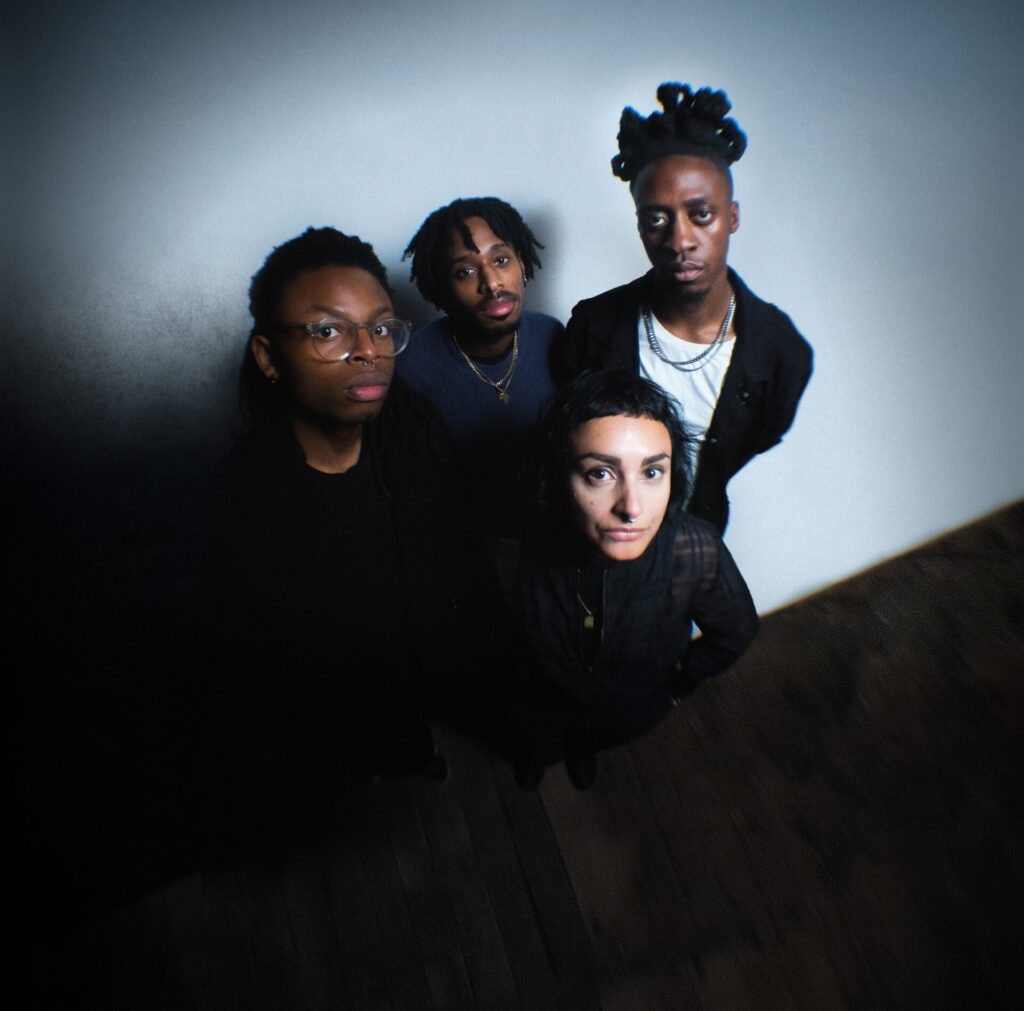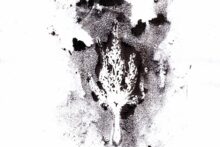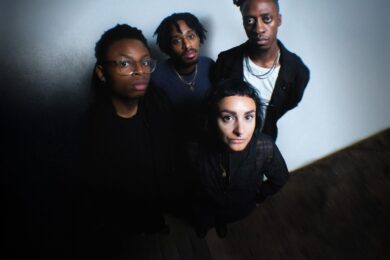As I tear myself away from TikTok after hearing the same seventeen seconds of Slowdive’s ‘When The Sun Hits’ for the millionth time, I cast my mind back to October 2004, when we first opened the doors to the Sonic Cathedral and when the landscape was a little different. Of course, it matters where you are, but also where you are from.
Back then, shoegaze was still very much a dirty word. It was seen as something shameful that people either couldn’t openly admit to liking, or almost violently hated. But, while this hangover from the brutal music press of the early 90s lingered in the UK, elsewhere it was different. Thanks to MySpace, shoegaze may not have been the genre of choice, but it was at least a genre choice, and the first inklings of a revival were in the air.
To be honest, I thought it was just me. I’d picked up a CD of Slowdive’s Souvlaki from a used bin in the States and fallen back in love. It sat well with some of my other favourite releases of the time by Ulrich Schnauss, Engineers and The Radio Dept; they were good for escaping the world, drowning it out, getting washed away. In short, they made me feel 17 again.
It certainly wasn’t fashionable and flew in the face of the angular music of the times. Shoegaze wasn’t music with angles, it had curves (and, of course, Curve) and was all the more beautiful for it. Suitably inspired, I decided to put on Sonic Cathedral as a one-off night at The Legion in Old Street, East London, trying to mix the old and the new by inviting The Telescopes to DJ and The Radio Dept to play. Somehow, against the odds, it worked. People came out in droves, many of them still wearing their original Chapterhouse and Moose T-shirts, like they’d been hidden away for over a decade, waiting patiently. It felt like a sort of public service to arrange a follow-up. Then another. And another. And so on.
At the time I worked as a freelancer at NME, so I tried to use what little influence I had there as best I could. I managed to convince them to let me write a feature headlined “Feedback to the future” about the new generation of bands and, whenever the opportunity arose, I would sneak in awful made-up genres like nu-gaze or shoe-rave in a largely futile attempt to get my Klaxons obsessed colleagues to just give a shit.
It must have had an effect though, because by July 2007 The Guardian was actually sitting up and taking notice. “‘Shoegazing’ is back,” wrote Jude Rogers in a piece titled Diamond Gazers that included then Mercury nominee Maps, among others. “It has shaken off its old image of being about bands who just stare at the ground while they play.”
“It’s time to be adventurous again,” I told her when we sat down in Filthy MacNasty’s to talk about why the world was finally ready for a revival. “It’s time to reclaim the music from the term.”
The thing is, not all of the music was so great – there were incredible records, yes, but too many were bogged down in the past. With the label, I have never wanted to just release soundalikes and have always tried to work with bands who bring something new or add their own twist. That’s why Whitelands (whose album Night-bound Eyes Are Blind To The Daycame out on Sonic Cathedral earlier this year) are so great, because they’re coming at this from a completely different direction; the second they sent me their demo I knew they had something. There’s nothing worse than listening to someone trying to do the Kevin Shields glide guitar sound. OK, he borrowed it from Green On Red’s ‘Apartment 6’, but he ran with it and made it his own. It’s unique. What’s the point in trying to copy it?
Speaking of My Bloody Valentine, their reformation in 2008 and their incredible, earth-shaking live shows at the Roundhouse and elsewhere increased the shoegaze chatter on online forums, but they were always a band who existed apart from the scene. They were never ones to celebrate themselves and operated very much on their own parallel timeline; we are just fortunate that it occasionally intersects with our own.
So, rather than MBV, according to a piece by Paul Lester in The Times it was actually Sonic Cathedral that sparked the next shoegaze revival in April 2009. This was because I was on the promotional trail for the label’s first compilation album (Cathedral Classics Volume One) at the time, and the paper conveniently lumped it in with Rob Da Bank’s contemporaneous Sci-Fi Lo-Fi compilation of original ’gazer classics. By then, unless I had completely lost my mind, I was hearing woozy shoegaze-inspired sounds everywhere (Coldplay’s ‘Chinese Sleep Chant’, Lily Allen’s ‘The Fear’) and we also had The Horrors’ landmark Primary Colours. Was this thing actually becoming fashionable?
Not quite. The Horrors rapidly turned into Simple Minds, I don’t know or care about anything Coldplay might have done since and NME instead decided to start printing anything Alex Turner said as if it was some deep, meaningful insight, rather than the coked-up ramblings of someone with too much money. But that shoegaze, eh? It just won’t go away. It might hibernate from time to time, and sink back into the swamp, but then MBV surprise release a ‘new’ album and we’re all looking at our feet again.
“Shoegaze: the genre that could not be killed!” screamed a Guardian headline in April 2013, a few months after the release of m b v and singling out Cheatahs, Younghusband (whose debut album, Dromes, we would release later that same year), Echo Lake, DIIV, Teen, Wild Nothing and Melody’s Echo Chamber as the latest torchbearers.
However, everything would change the following year.
On January 28, 2014, Slowdive announced they had reformed and have gone from strength to strength ever since. Their reunion and the reaction to it would result in Ride and Lush also giving it another go, but Slowdive had by far the most to prove.
“Slowdive are clearly very strong candidates for Band Holding The Most Unequal UK Music Press Vilification To Enduring Fan-Adoration Ratio,” wrote the late, great Nick Talbot on his Police Diver’s Notebook blog back in 2009, and he was right. They were despised for seemingly no apparent reason. Mr Agreeable gave bands a good kicking, but let’s face it, they usually deserved it. What did Slowdive ever do to warrant that despicable “I’d rather drown choking in a bath full of porridge than ever listen to it again” review of Souvlaki?
“Slowdive were treated so unfairly and viciously by the UK music press that it hurts,” continued Nick. “But the young generation of fans have grown up and are settling old scores on the band’s behalf. And we will win you know.”
The strangest part about this whole story is that we did win. But it wasn’t even about revenge, or vindication, because it turns out that Slowdive were our generation’s Velvet Underground all along. They were the band who not many people bought records by but went on to have a huge influence over a younger generation.
So, when they played their first show for 20 years at Sonic Cathedral’s tenth anniversary party (which was conveniently also in 2014), there was a warm, Ready Brek glow awaiting them. In fact, I’ve never experienced a feeling like the one in Hoxton Square Bar & Kitchen that night, such goodwill and positivity. That fed into a year or so of touring, winning people over, changing people’s minds and then into their eponymous 2017 album – their finest record to date, and an instant genre classic.
From here things started changing rapidly. This was no longer a revival; it was more like a revolution. The already increased visibility of the genre – distorted through the prism of the pandemic – took Slowdive’s Everything Is Alive to number three in the Billboard Charts last year, by which time shoegaze had become the default soundtrack of Gen Z.
By late 2023, everyone from Vice to the Evening Standard tried to get a handle on why this was happening and why major labels like Universal were snapping up bedroom ’gazers like Wisp – it was meme culture, it was a reaction to the bleak, post-Covid world, or it was just “brilliantly un-understandable”, according to Slowdive’s Neil Halstead. The stats are there, however, and they are impressive – a 250% increase in listens to shoegaze on Spotify between 2018 and 2023 and an 800% increase in searches for the genre.
But of course, this isn’t about numbers – the reason that people are drawn to this music, and have been for the past three decades, is because it has all the feels. And for a generation who has grown up self-isolating and social distancing it provides a convenient short-cut to human emotion. That is why those seventeen seconds of ‘When The Sun Hits’ provide the perfect accompaniment to a slightly self-pitying TikTok post.
Now shoegaze is so far overground, what happens next in this post-revival era is anyone’s guess, but for the time being at least, it still matters, wherever you are.
Sonic Cathedral celebrates its 20th anniversary with shows by Slowdive (EartH Theatre, October 4), Ride (Hackney Church, October 12) and some very special guests at The Social (October 13), where there will also be an exhibition of photos from their events over the years. They release the Celebrate Yourself! 4CD box set on 6 December consisting of a best of, remixes, live tracks and Christmas songs from the label’s history.






